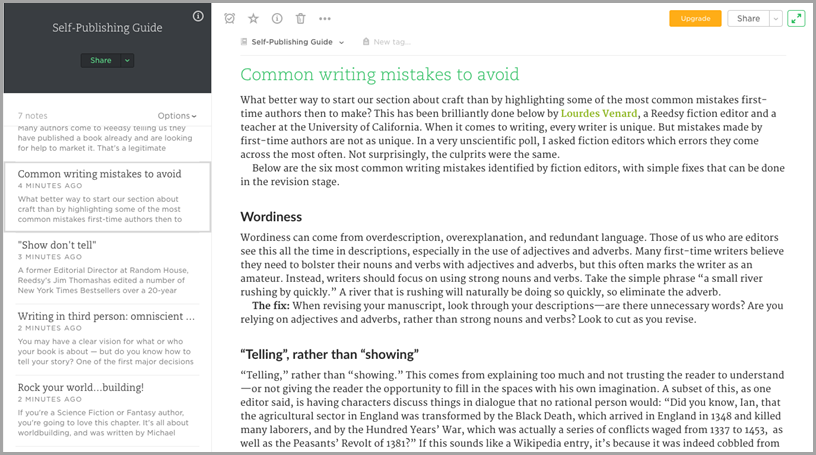


You’ll find the line space setting near the right end of the format bar, between the font settings and the list setting icon. If you have selected Show Format Bar, but the bar appears to be greyed out or inactive, click anywhere in the document. If you see Hide Format Bar, that indicates the format bar is already activated. To make the Scrivener’s format bar visible: To change the line spacing, in the Editor, you’ll first need to be sure the format bar is visible. If you right-click a folder and select Add New Text, you are adding a document to your project. Line spacing changes on a document basis are made in the Main Editor.Ī document in Scrivener is any single page of text. You can set line spacing in Scrivener’s interface on a per-document, per-project, and default basis. It is not necessarily a set-once-for-everything deal. Line spacing in Scrivener’s user interface affects how text is portrayed in the Main Editor where you type your work. The visual design of the settings panels is different in Scrivener v3 for Windows, but the settings, buttons, etc. Note that screenprints used in this article are from Scrivener v3 on a Mac. Then, we’ll look at setting line spacing in the final compiled product which your readers will see. We’ll look at setting the line spacing in the Main Editor where only you and/or your collaborators will see it.

#DICATING IN SCRIVENER FOR MAC PDF#
Set Scrivener line spacing for compiling to print or PDF.Set Scrivener line spacing when compiling to eBook.Set Scrivener line spacing for compiling.Assign new Scrivener default line spacing to existing documents.Set Scrivener line spacing per document.


 0 kommentar(er)
0 kommentar(er)
